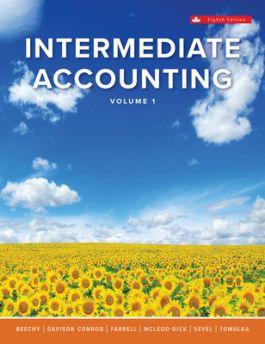In Texas, there are only two possible locations of production, Dallas and Houston, and people only work in manufacturing and agriculture. The agricultural population is evenly divided between the two regions. The manufacturing share of employment () is 0.6. Sales of a typical manufacturing firm () is 200 and transportation cost of shipping a unit of manufactures () is $2/unit. Plant fixed cost () is $100.
a. Let be the share of the manufacturing labor force employed in Dallas and let be Dallas share of total population. Derive relation between and as an equation and draw a figure using the dimension below. Label the values for the endpoints of your graph.
b. Add a 45-degree line of proportionality between and . For a firm choosing to locate in both cities, explain why this line determines the distribution of employment between Dallas and Houston for the marginal firm.
c. Is the firms decision on where to locate plants dependent on the value of ?
d.
- If you answered no to part c, explain.
- If you answered yes to part c, calculate the values for that would lead the firm to locate
- only in Houston;
- only in Dallas;
- in both locations.
Based on your calculations, add line segments (to your line from part b) that determine plant locations based on the relationship between fixed costs and transportation costs.
e. How many equilibria are there? Explain.

In Texas, there are only two possible locations of production, Dallas and Houston, and people only work in manufacturing and agriculture. The agricultural population is evenly divided between the two regions. The manufacturing share of employment (T= ) is 0.6. Sales of a typical manufacturing firm (X) is 200 and transportation cost of shipping a unit of manufactures (t) is $2/unit. Plant fixed cost (F) is pop total $100 a. Let Sy be the share of the manufacturing labor force employed in Dallas and let Sy be Dallas' share of total population. Derive relation between Sy and Sy as an equation and draw a figure using the dimension below. Label the values for the endpoints of your graph. 0 Houston 0 Sy Dallas 0 b. Add a 45-degree line of proportionality between Sy and Sy. For a firm choosing to locate in both cities, explain why this line determines the distribution of employment between Dallas and Houston for the marginal firm. C. Is the firm's decision on where to locate plants dependent on the value of Sy? d. i. If you answered no to part c, explain. ii. If you answered yes to part c, calculate the values for S, that would lead the firm to locate 1. only in Houston; 2. only in Dallas 3. in both locations. Based on your calculations, add line segments (to your line from part b) that determine plant locations based on the relationship between fixed costs and transportation costs. e. How many equilibria are there? Explain. In Texas, there are only two possible locations of production, Dallas and Houston, and people only work in manufacturing and agriculture. The agricultural population is evenly divided between the two regions. The manufacturing share of employment (T= ) is 0.6. Sales of a typical manufacturing firm (X) is 200 and transportation cost of shipping a unit of manufactures (t) is $2/unit. Plant fixed cost (F) is pop total $100 a. Let Sy be the share of the manufacturing labor force employed in Dallas and let Sy be Dallas' share of total population. Derive relation between Sy and Sy as an equation and draw a figure using the dimension below. Label the values for the endpoints of your graph. 0 Houston 0 Sy Dallas 0 b. Add a 45-degree line of proportionality between Sy and Sy. For a firm choosing to locate in both cities, explain why this line determines the distribution of employment between Dallas and Houston for the marginal firm. C. Is the firm's decision on where to locate plants dependent on the value of Sy? d. i. If you answered no to part c, explain. ii. If you answered yes to part c, calculate the values for S, that would lead the firm to locate 1. only in Houston; 2. only in Dallas 3. in both locations. Based on your calculations, add line segments (to your line from part b) that determine plant locations based on the relationship between fixed costs and transportation costs. e. How many equilibria are there? Explain







